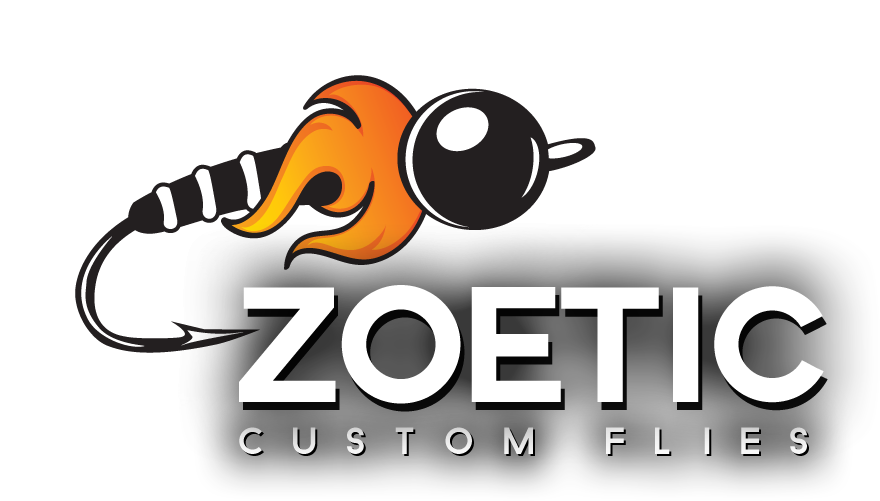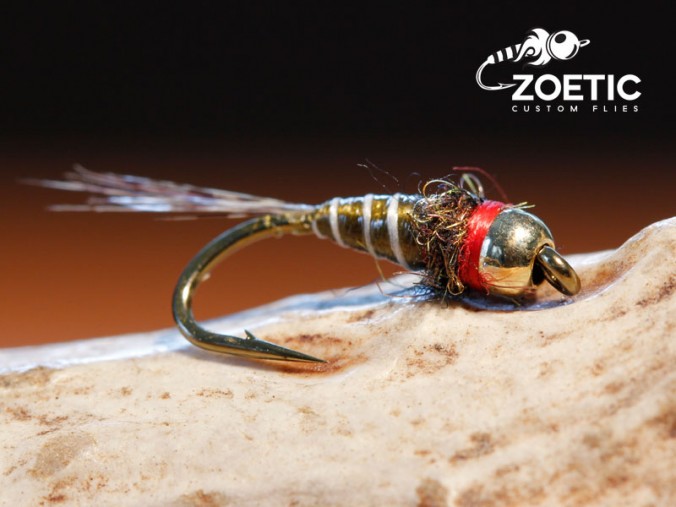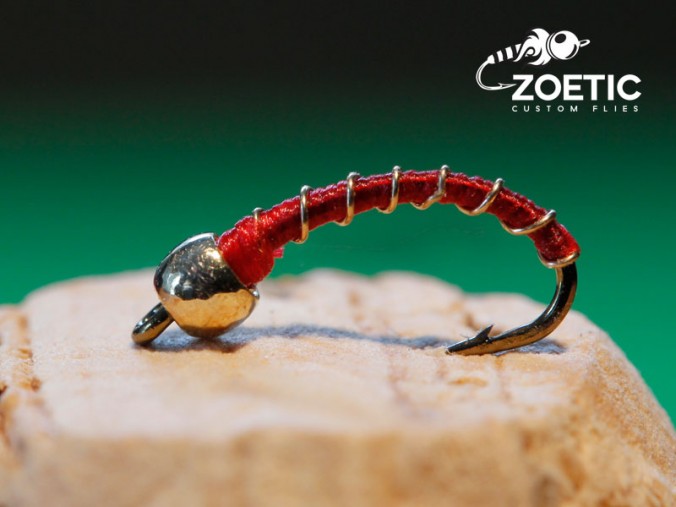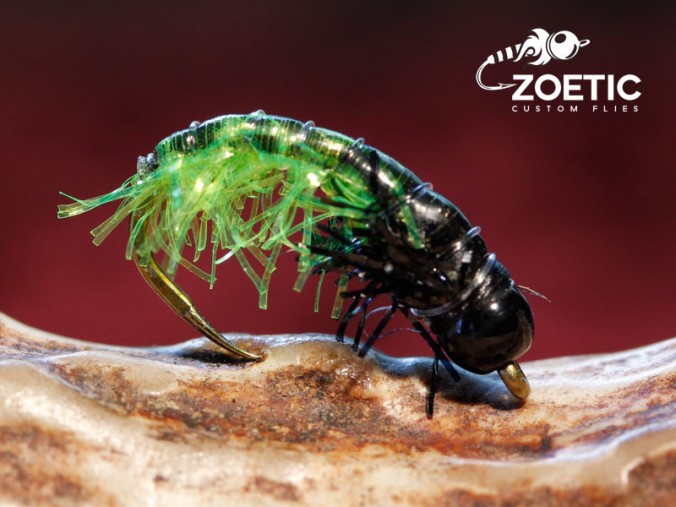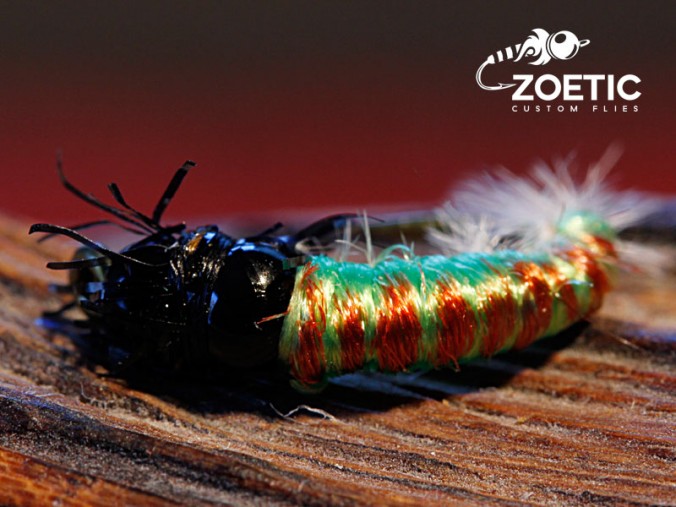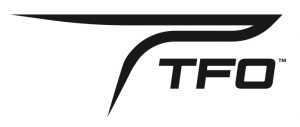Another of Lance Egan’s creations, the Iron Lotus is a mayfly nymph imitation designed to be tough and drop quickly through the water column. With a tungsten bead and lead wire it is heavily weighted for it’s size. The streamlined thread body (usually olive or brown) is dense and offers little resistance as it falls. The Coq de Leon tail is more durable than one of pheasant tail fibers. Add in the glued body and you can bounce it off of rocks all day long.
The Iron Lotus can be fished in multiple ways. Use it as an anchor fly in the small spring creeks of the Driftless Area combined with a scud dropper. Or tie it in as a dropper with a larger Czech nymph as the anchor for the deeper faster waters of the west. And don’t forget to drift it under an indicator.
Below is a short article by Lance Egan about the Iron Lotus.
